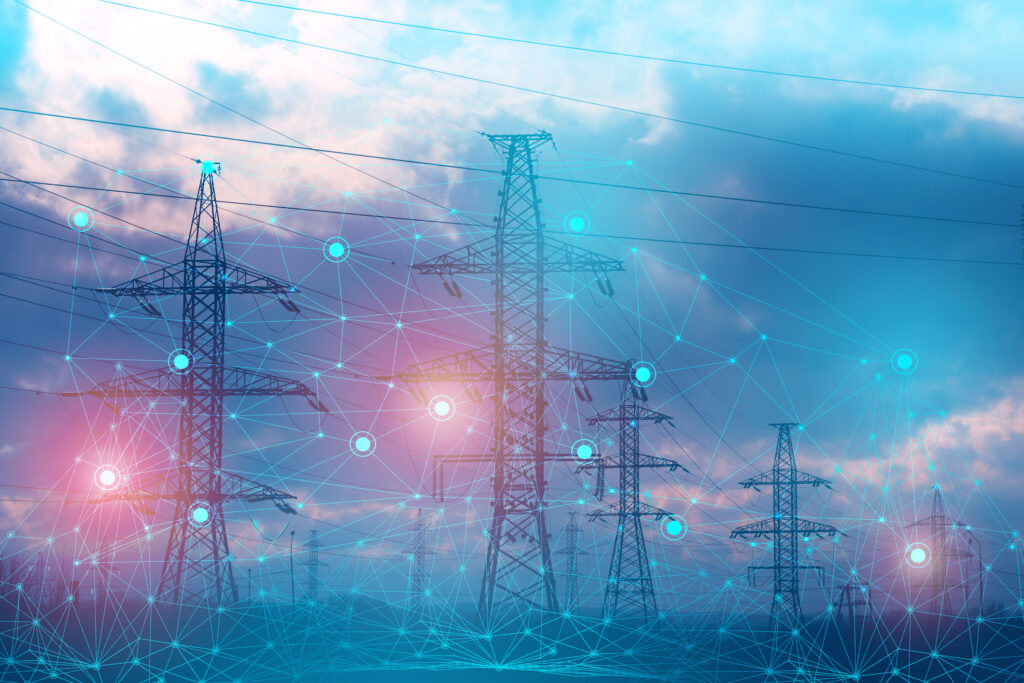by Nicola Phillips, Copywriter
The world uses a lot of lithium. Lithium (in the form of Li-ion batteries) helps power our smartphones, laptops, electric vehicles, and long-term energy storage, and plays a major role in our transition to renewable energy sources. The mineral, however, has drawbacks. Chief among these is a bottlenecked supply chain and environmental degradation associated with mining the mineral. Regarding the former, a majority of lithium is sourced from a section of land the size of California that spans three countries in South America — Chile, Bolivia, and Argentina — known as the “Lithium Triangle.” And complicating both the supply chain and environmental issues is opposition from both national governments and local communities.
In recent years, concerns over lithium’s many vulnerabilities have increased, accompanied by angst in the assumption that we need lithium. But we may not. New alternatives emerge every day to the Li-ion batteries we have come to rely on.
1/ There are other minerals in the ground
Sodium and zinc are both possible alternatives to lithium.
Sodium (Na-ion) batteries are yet to be manufactured at a commercial scale, but in May of this year, a Swedish company called Altris was approved to build its first sodium-ion battery plant. They plan to start manufacturing in 2023. Sodium hydroxide offers an incredibly cost-efficient alternative to lithium hydroxide ($300-$800 per metric ton as opposed to $78,000 per metric ton). Na-ion batteries do not carry the risk of catching fire which has been a recurring concern with Li-ion batteries, and they can operate efficiently (>90% performance) at as low as twenty degrees Celsius.
Another company, Salient Energy, uses zinc as the core mineral to power the zinc-ion batteries it manufactures. The two raw materials used in zinc-ion batteries are zinc and manganese, and they’re much cheaper and less scarce than the lithium, cobalt, and nickel used in Li-ion batteries. Salient Energy relays that zinc-ion batteries can be used in anything that’s not a car (in cars, you need a low-weight battery like a Li-ion battery). Ships and general energy storage are two great places to utilize zinc-ion batteries.
The IRA includes a $7,500 tax credit for electric vehicles, but to access the credit vehicles have to commit by 2026 to sourcing 80% of their critical materials either from the US or from a country with which the US has a free trade agreement. This stipulation is likely to drive battery development away from varieties that utilize cobalt for one, which is primarily mined in the DRC (and has attracted legitimate scrutiny for the impact of its mining there). Nickel, which is mined mostly in Indonesia, the Philippines, and Russia (all countries with which the US does not have a free trade agreement), also faces vulnerability under this requirement. The two popular varieties of Li-ion batteries are made with either cobalt or nickel.
2/ Making Li-ion batteries circular
Several companies are working on tackling the reusability of Li-ion batteries.
Li-cycle is working on reuses of the full Li-ion battery. While traditional recycling methods have focused on the valuable nickel and cobalt and forgone lithium, Li-cycle submerges the entire battery into a solution (to reduce fire risk) inside a shredder. Aluminum, copper, and plastics get recycled, and a “black mass” of battery materials gets sent to another facility that isolates the individual metals using hydrometallurgy.
Redwood Materials utilizes the residual energy stored in used batteries to power the recycling process. The American Battery Technology Company (ABTC) runs the assembly process in reverse to break battery packs down to cells, and cells down to cathodes, anodes, and separators.
The next innovative battery recycling startups are likely on the horizon.
3/ The new frontier of batchable computing
There are some out-the-box alternatives that are still emerging. One is batchable computing, which provides a flexible demand response that stabilizes the grid, much in the way batteries do.
Batchable computing is computing that can be paused and resumed at will without disrupting the computational process.
Data centers that run batchable computing create a hedge for energy producers that otherwise only sell electricity to the grid. When these facilities are co-located with renewable plants, there is no equivalent roundtrip efficiency loss like what is seen in battery storage, because the energy is consumed on-site as soon as it is produced.
Batchable computing isn’t a way to store energy, but it does offer a way to monetize excess energy (that would otherwise have no value or even negative value) and thus drive the growth of renewable energy without overloading the grid in the process.
Rechargeable batteries aren’t going away. As long as batteries power our personal devices and cars, we will need to find a way to produce them — hopefully, in as ecologically-responsible and equitable a way as possible.
But, for every application where we currently utilize exclusively Li-ion batteries, there are alternatives. Every decision carries trade-offs, environmental and otherwise, and Li-ion batteries’ negative externalities don’t mean we should boycott electric cars or throw up our hands in defeat. Plenty of things that are not beneficial have negative externalities; the world is complicated and environmental progress is often not a linear path.
Still, we should collectively continue to work toward the solution of least harm, and to this end, creative innovations that promise a future where we don’t need to rely on Li-ion batteries give reason to be hopeful.



